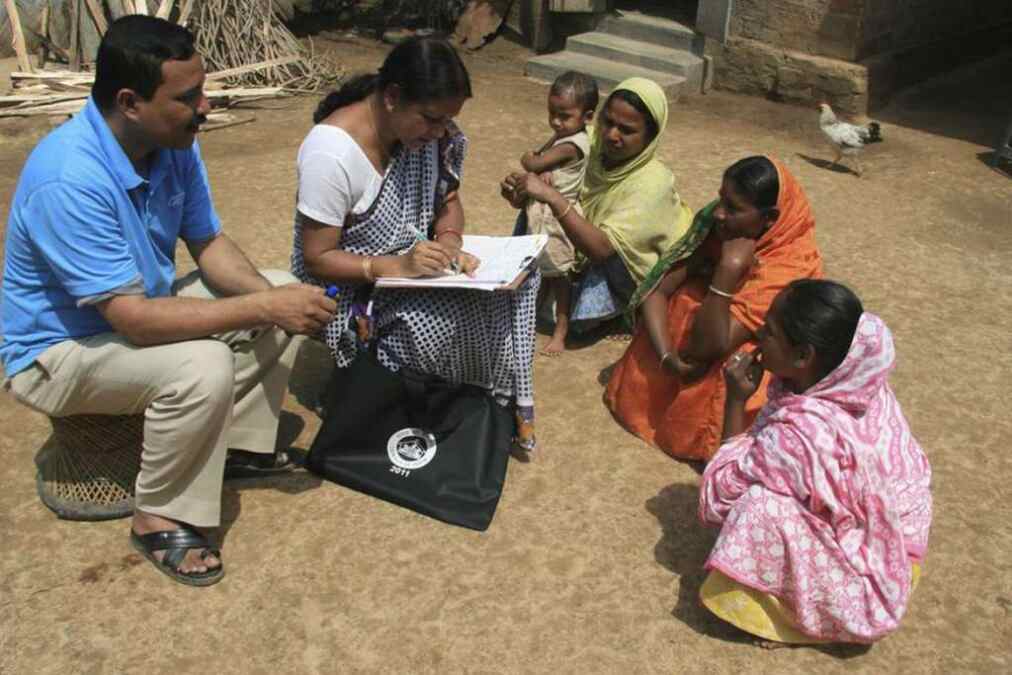On the right track

When discussing any of India's many developmental problems, it has become almost fashionable to blame rampant population growth. From politicians to journalists, the idea that overpopulation could be the root of all evils in India seems to be a very popular oversimplification. But with the release of the results for the second phase of the National Family Health Survey (NFHS-5), all the alarmists and so-called 'policy pundits' should finally take a step back and see reality for what it is. The population is no longer a major developmental challenge in India. Indeed, if the results of NFHS-5 are to be believed, India's population seems to already be stabilising. Take the replacement rate for example. For India to keep its population stable, it needs a replacement rate of around 2.1. According to 2017 estimates, India's overall fertility rate was around 2.2 and declining. By NFHS-5, however, the rate has dipped to 2. Most states in India now have a total fertility rate of 2.1 or below. What this means, in short, is that not only is India's population stabilising, it is also likely to start declining sooner than later. Generally speaking, experts believe that India's population will reach its peak within the next three decades at around 1.7 billion and will then steadily decline from that point onward. While India's population ageing will bring its own concerns, such an occurrence is well off into the future. For now, India still has a few decades ahead of it with 60 per cent of its population being under the age of 35. But there is a lot more to the report than just proving the population alarmists wrong. The report also highlights how the contraceptive prevalence rate in the nation has gone up to 67 per cent by the time of NFHS-5, indicating that young India is all about playing smart when it comes to family planning and self-imposed birth control. The report shows a significant increase in the use of modern contraceptives across almost every state and Union Territory in India. What this means, effectively, is that all the loud noise and drama about forcible population control policies is unnecessary. NFHS-5 shows that Indians don't need the government to coerce them into family planning with any of the two-child policies that have been considered over the years. In the end, it was predictably education and awareness, particularly amongst women, that seem to have been the game-changing factors. This is not just shown by an increase in the use of contraceptives. NFHS-5 has also shown a percentage reduction in the number of women between the age of 20-24 who got married before the age of 18. And there is more to indicate a changing mindset within the nation. The survey, for the first time, now shows that India has more women than it has men. There are now 1,020 women for every 1,000 men in India. Contrast this with the time in 1990 when India had 927 women for every 1,000 men. All in all, NFHS-5 provides a bright spot of hope in a time of gloom and doom. It proves that India is slowly moving in the desired direction in regards to issues like reproductive health, gender ratios, child nutrition, etc. It also proves that India does not need a restrictive child policy. Even if India's population was not already stabilising due to awareness and outreach programmes, India has the close at hand example of China to understand that population control policies can often have disastrous consequences and unexpected side-effects. As such, rather than playing the old tune on the evils of population growth, policymakers would be better served by heeding the signs of an ageing population that NFHS-5 has made apparent.



